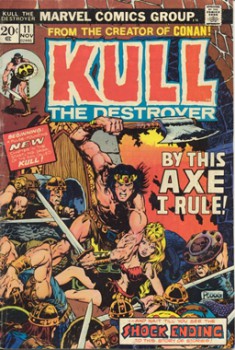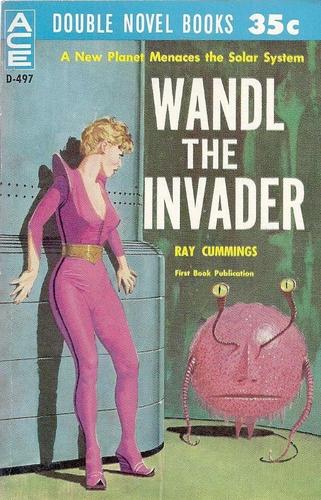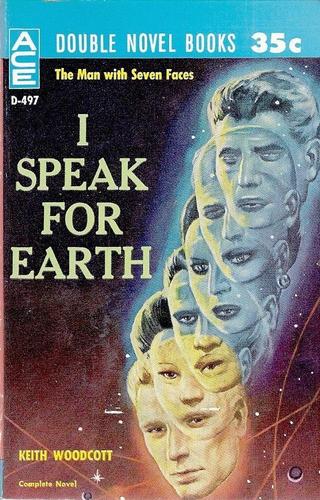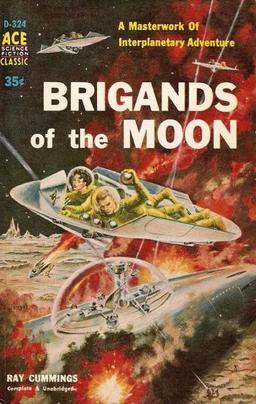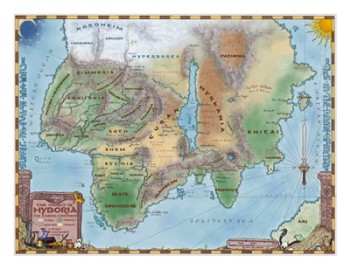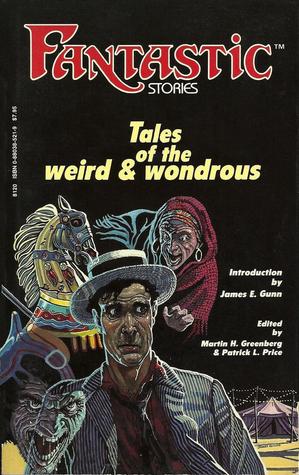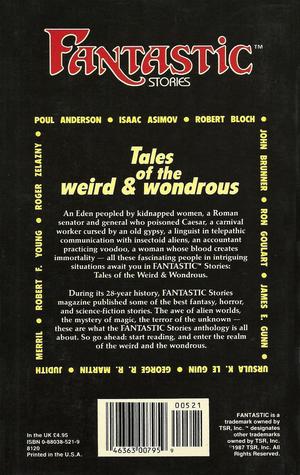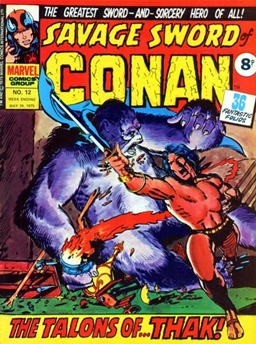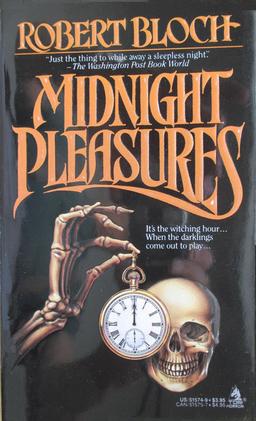Atlantis, Vikings, and the Hordes of Kublai Khan: Merlin’s Ring by H. Warner Munn: Part I

 A few months ago I wrote an article about H Warner Munn’s excellent books The King at the World’s Edge and The Ship From Atlantis. Munn wrote both in the 1930’s, although the latter was only published later. By all accounts he took a hiatus from professional writing to concentrate on raising a family and providing the financial security that entails.
A few months ago I wrote an article about H Warner Munn’s excellent books The King at the World’s Edge and The Ship From Atlantis. Munn wrote both in the 1930’s, although the latter was only published later. By all accounts he took a hiatus from professional writing to concentrate on raising a family and providing the financial security that entails.
His passion for writing had not totally subsided, and as his “day job” career wound down, Munn embarked upon what many consider to be his magnum opus: Merlin’s Ring. Please note that this article does contain a few spoilers, which are necessary to explain certain concepts.
The volume sat on my shelf for years, like so many under the “one day I’ll read it” tag, but having undertaken the previous two books in what is now considered the Merlin’s Godson Cycle, I felt obliged to start Merlin’s Ring.
Merlin’s Ring continues the tail of Gwalchmai, whom we last encountered in The Ship From Atlantis. The book was published by Ballantine in 1974 with a cover by Gervasio Gallardo. It appears to have been republished a few times under the same imprint and later by Del Rey, with the same cover, until 1981. (Click on the images at left and right for more detailed versions.)

